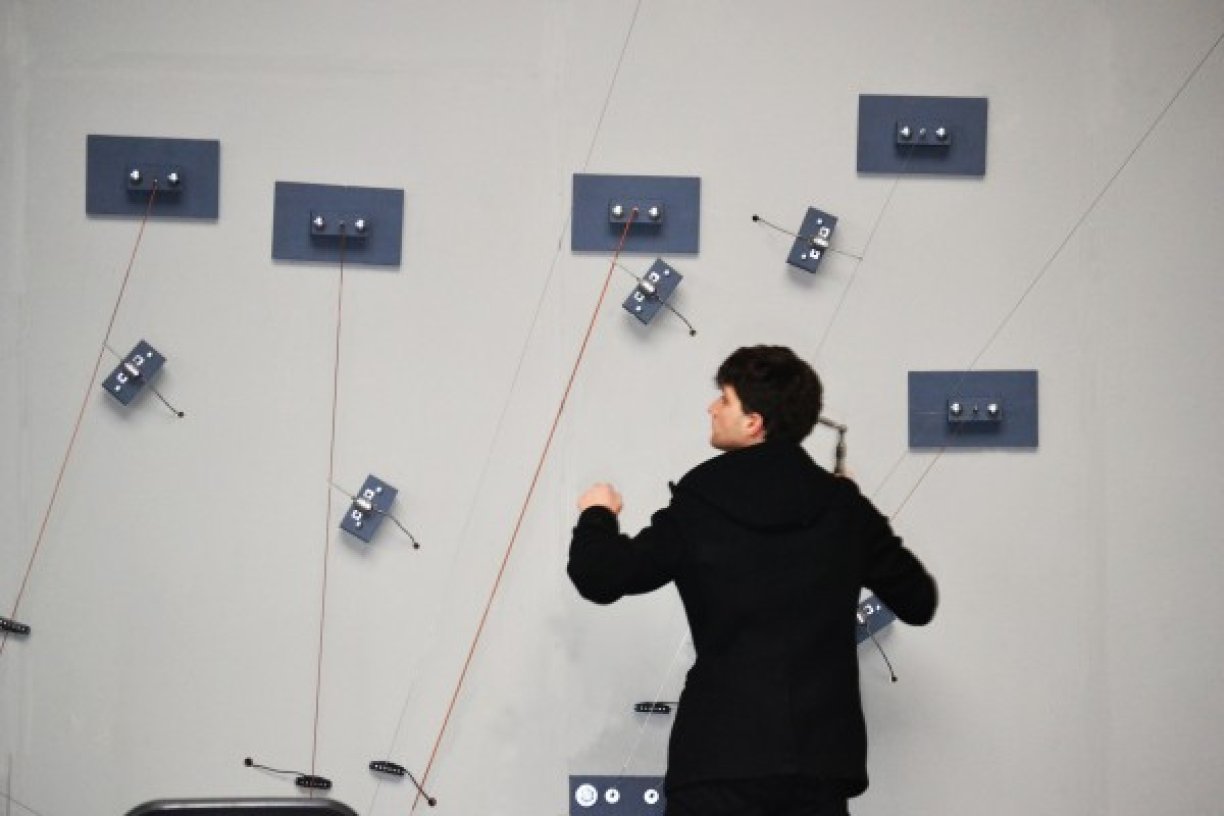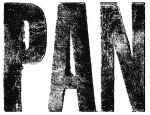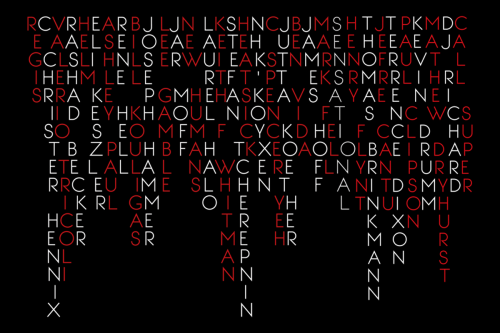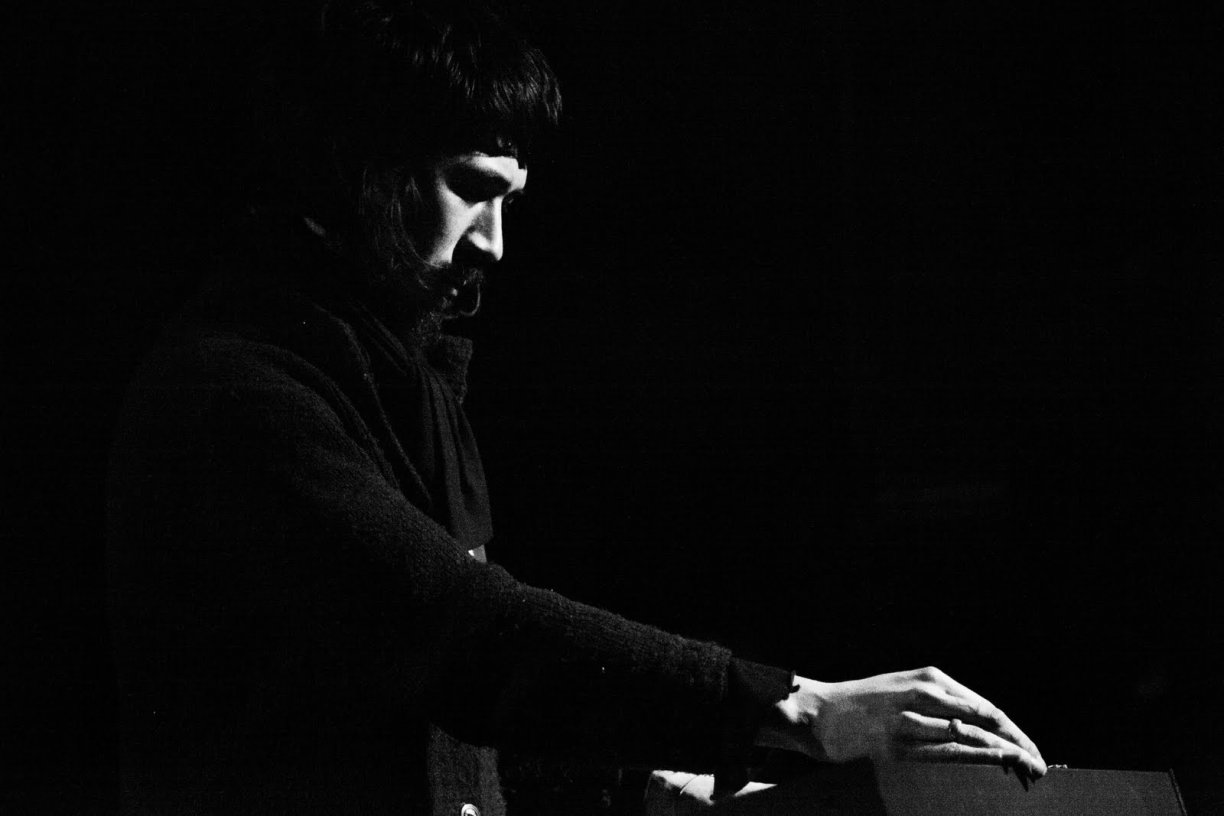Composer/percussionist/multimedia artist Eli Keszler’s Archway uses stretched and tuned lengths of piano wire up to 380 feet long to create a dynamic piece in and around the DUMBO Archway of the Manhattan Bridge, functioning as both a mechanical sound installation and a sculptural/architectural work.
Some of the sixteen wires used in Archway will be stretched directly from the bridge itself; the rest will be strung from nearby lamp poles and strummed by automated mechanical beaters, creating shifting harmonic overtones in the resonant space. Contact microphones will capture the resulting sounds and feed them into a PA system in the Archway. The entire piece will be built, activated, and disassembled on the 21st.
NPR Music has commissioned Keszler and So Percussion to create a new 12-minute work using Archway as a dynamic accompaniment. The installation will become active at 4 pm; Keszler (on drumkit) and So Percussion (on various percussion instruments) will perform the new piece from 6:30 to 7 pm. The installation will remain active for another hour before the wires are cut and the assemblage is broken down.
4:00pm – 8:00pm: Eli Keszler: Archway
6:30pm – 7:00pm: Eli Keszler + So Percussion: New work for installation and percussion, Commissioned by NPR Music
Eli Keszler began playing drums at eight, and composing at twelve. Before finding an interest in experimental music and improvisation, he played in rock and hardcore bands; his work retains an intense physicality and churning, often ferocious energy. He is a graduate of the New England Conservatory, where he studied composition with Anthony Coleman and Ran Blake. He has collaborated with Phill Niblock, Roscoe Mitchell, Tony Conrad, Joe McPhee, Loren Connors, Jandek, and many others, and has recorded more than a dozen CDs and LPs for ESP-DISK, REL, and PAN.
Keszler’s installations employ piano wires of varying lengths; these are struck, scraped, and vibrated by microprocessor-controlled motorized arms, giving rise to harmonically complex tones that are percussive yet resonant. These installations are heard on their own and with accompanying ensemble scores. Said Keszler in a NPR All Songs Considered interview, “I like to work with raw material, simple sounds, primitive or very old sounds; sounds that won’t get dated in any way.” In addition, the patterns formed by the overlapping piano wires allow Keszler to create visual components that relate directly to the music, without having to use projections or other electronic equipment.
His installations have appeared at Eyebeam (NYC), Boston Center for the Arts, Nuit Blanche NYC and the Shreveport MSPC New Music Festival with upcoming projects at the Tektonic festival in Reykjavik, Iceland, an installation for the Gaudeamus Festival at the Centraal Museum in Utrecht, and a performance at Barbican in London.
For over a decade, So Percussion has redefined the modern percussion ensemble as a flexible, omnivorous entity, pushing its voice to the forefront of American musical culture. Praised by the New Yorker for their “exhilarating blend of precision and anarchy, rigor and bedlam,” So’s adventurous spirit is written into the DNA passed down from composers like John Cage and Steve Reich, as well as from pioneering ensembles like the Kronos Quartet and Nexus Percussion. So Percussion’s career now encompasses 13 albums, touring throughout the USA and around the world, a dizzying array of collaborative projects, several ambitious educational programs, and a steady output of their own music.







